Learn about the convenience and purpose of pipe thread sealant
Threaded pipe saves fitters from labor- and skill-intensive pipe-joining techniques like flanging, butt-welding, brazing, and soldering. However, unlike these other pipe fittings, threaded pipe connections don’t form fluid-tight seals on their own. Especially under pressure, the threads leave space for fluids to leak out. That’s where pipe thread sealants come in.
Pipe dope, pipe joint compound, pipe thread seal—these are all different names for products used to create fluid-tight seals in threaded pipe joints. Pipe thread sealants:
- Fill the gaps in threads, preventing fluid from leaking out
- Lubricate threads so they screw in smoothly
- Are chemically stable, not breaking down at temperature extremes or dissolving in common solvents
In this article, we answer common questions about pipe thread sealants, including the difference between paste and tape sealants, whether thread sealant is the same as PVC glue (it isn’t!), and the difference between PTFE and Teflon™ (there isn’t one). Then, we show you how to apply pipe thread sealant to create water-tight joints in threaded pipe.
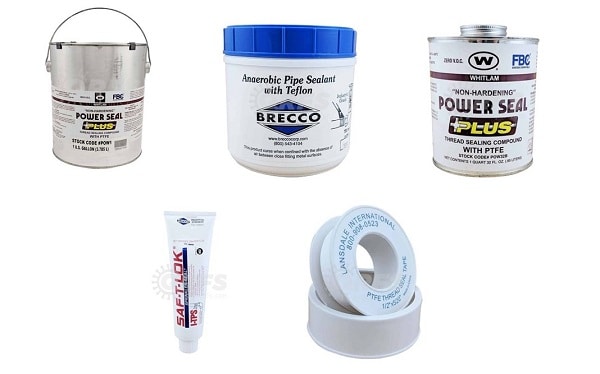
What is pipe thread sealant? Answers to common questions
Before we get into how pipe thread sealant is used, let’s dig into some common questions about it. Namely, we’ll answer:
- What is thread sealant?
- What is PTFE?
- Is thread sealant glue?
- What’s the difference between PTFE and Teflon™?
What is thread sealant?
Simply put, thread sealant is a material that fills the gaps at threaded pipe connections, preventing fluids from leaking out. Besides creating fluid-tight seals, pipe thread sealants also lubricate the threads, making assembly quicker.
Pipe thread sealants come in two general varieties—paste and tape. Paste sealants are applied with a brush or finger directly to the male threads. They are sometimes referred to as pipe dope or pipe joint compound. Paste sealants can have different ingredients. Some use PTFE. Others consist of a mixture of minerals, rosin, and alcohols.
Some pipe thread sealants are anaerobic, meaning they dry only in the absence of air and in the presence of metal. Other sealants aren’t meant to dry at all. Read the product instructions to make sure you use the right sealant for the right application.
Tape thread sealants are a mess-free alternative to paste sealants. Tape sealants have no solvent; instead, the sealant is made into a film and is sold in rolls of varying width, thickness, and density. Tape sealants are applied simply by wrapping the tape around and pressing it into the threads, and they are made of PTFE.
What is PTFE?
Lots of thread sealants are made of PTFE, but what is it? Polytetrafluoroethylene (PTFE for short) is a fluoropolymer—in other words, a plastic that contains fluorine atoms. Its useful properties include:
- A melting point of around 620°F (327°C)—for most applications, PTFE won’t melt
- Hydrophobic—it doesn’t dissolve in water or get wet
- Chemically inert—PTFE won’t dissolve or break down in common organic solvents like acetone, turpentine, hexanes, or lighter fluid
- Low friction—PTFE is slippery, so it’s commonly used to prevent sticking
Besides the threads of pipes, PTFE also commonly coats the surface of nonstick pans. The same properties that make it great for sealing and lubricating pipe threads make it good for stick-free cooking.
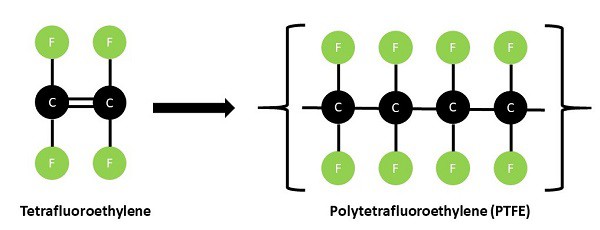
Is thread sealant glue?
No! Despite the word “tape” and the need for some sealants to dry or cure, pipe thread sealants are not adhesive. Remember, the advantage of threaded pipe is easy assembly and disassembly. Pipe thread sealant has a dual purpose. It seals the threads, but it also lubricates. It makes them easy to put together and take apart.
Pipe glue and pipe thread sealant are basically opposites. Pipe glue is used to make “slip” PVC joints permanent. PVC glue actually somewhat “melts” the male and female pipe so they fuse. If you put it on threaded PVC, you destroy the threads.
What’s the difference between PTFE and Teflon™? Which is better?
PTFE was first discovered by Roy J Punkett in 1938 while he was studying halocarbons in search of a new refrigerant for DuPont. Teflon™ is the trademarked named for PTFE. It and PTFE are the same chemical under different names. There is little more reason to buy sealant labeled “Teflon” instead of sealant labeled “PTFE” than there is to buy name-brand medication instead of the generic variety.
How to apply pipe thread sealant
Applying thread sealant is easy, but there are still right and wrong (and better and worse) ways to do it. Whether you’re using paste or tape, there are two general guidelines:
- Fill the threads
- Don’t get thread sealant inside the pipe
Now, let’s get down to it. Here’s how to apply PTFE tape and pipe dope.
How to apply PTFE tape
Apply PTFE tape to male threads only. Follow these steps:
- Clean the male and female threads of dirt and oil
- Press a bit of tape against the last thread
- Wrap the tape clockwise around the threads, keeping it tight
- Apply 3-5 wraps (different tradesmen are going to argue about how many)
- Tear the tape off and press it into the threads
- Screw the threads into the fitting. Always follow manufacturer instructions for tightening threaded pipe fittings.
Seeing is better than doing. This video explains how to apply PTFE tape without looking like a fool (or an apprentice):
In case you missed it, here’s a close-up of the right and wrong ways to wrap PTFE tape:
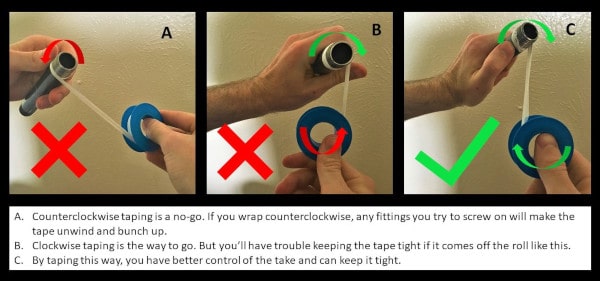
PTFE tape is sufficient on its own. But some people swear by using PTFE tape and pipe dope. The idea is that the small amount of time and money spent on double-sealing saves repair work later. Other tradesmen insist that you should never combine paste and tape. Either way, here’s how to apply pipe dope.
How to apply pipe dope
Applying pipe dope is easy. The important thing is to fill up the threads. A brush is good to have, but a finger works just as well. Follow these simple steps:
- Clean the male and female threads of dirt and oil
- Mix the pipe dope thoroughly to ensure that the paste and solvent are combined
- Use a brush or your finger to coat the male threads only. Fill the threads, but avoid getting paste inside the pipe
- Screw the male threads into the fitting. Some paste will ooze out; this is normal. Always follow manufacturer instructions for tightening threaded pipe fittings
Again, it’s better to see it done. This video demonstrates the application of pipe dope:
As you can see, if you choose to use both pipe dope and PTFE tape, the tape goes on first. Apply the paste to the tape. If you’re putting dope over the tape, paint clockwise to avoid unraveling the tape. Remember, some pipe dope has to dry and requires contact with metal to do so. This means that it can’t be used with tape.
When using pipe dope or PTFE tape with plastic pipes, be careful not to overtighten. The lubrication provided by pipe thread sealant makes it easier to tighten too much and crack the fitting.
Pipe thread sealant stops leaks, lubricates threads
Whether you use pipe dope or PTFE tape, pipe thread sealant is essential for any threaded pipe application. Thread sealant serves two purposes: it creates a liquid-tight seal by filling gaps in threads and it makes assembly and disassembly easier by lubricating the threads. Pipe thread sealant is not glue or adhesive—in fact, it’s the opposite.
PTFE, the generic name for Teflon™, is a common material for pipe thread sealants because it is chemically unreactive, slippery, and stable at extreme temperatures. PTFE sealants can take the form of convenient tapes as well as pastes (sometimes called pipe dope). Pipe dope can be made of substances other than PTFE, too.
Outfit yourself for your next project. Shop PTFE thread-seal tape and PTFE pipe sealant compound on our website—perfect for fire sprinkler pipe installation. We also have commercial and residential fire sprinkler heads, sprinkler head wrenches, and a wide range of fire protection products you need.
If you have questions or need help placing an order, call us at +1 (888) 361-6662 or email support@qrfs.com.
This blog was originally posted at blog.qrfs.com. If this article helped you, check us out at Facebook.com/QuickResponseFireSupply or on Twitter @QuickResponseFS.



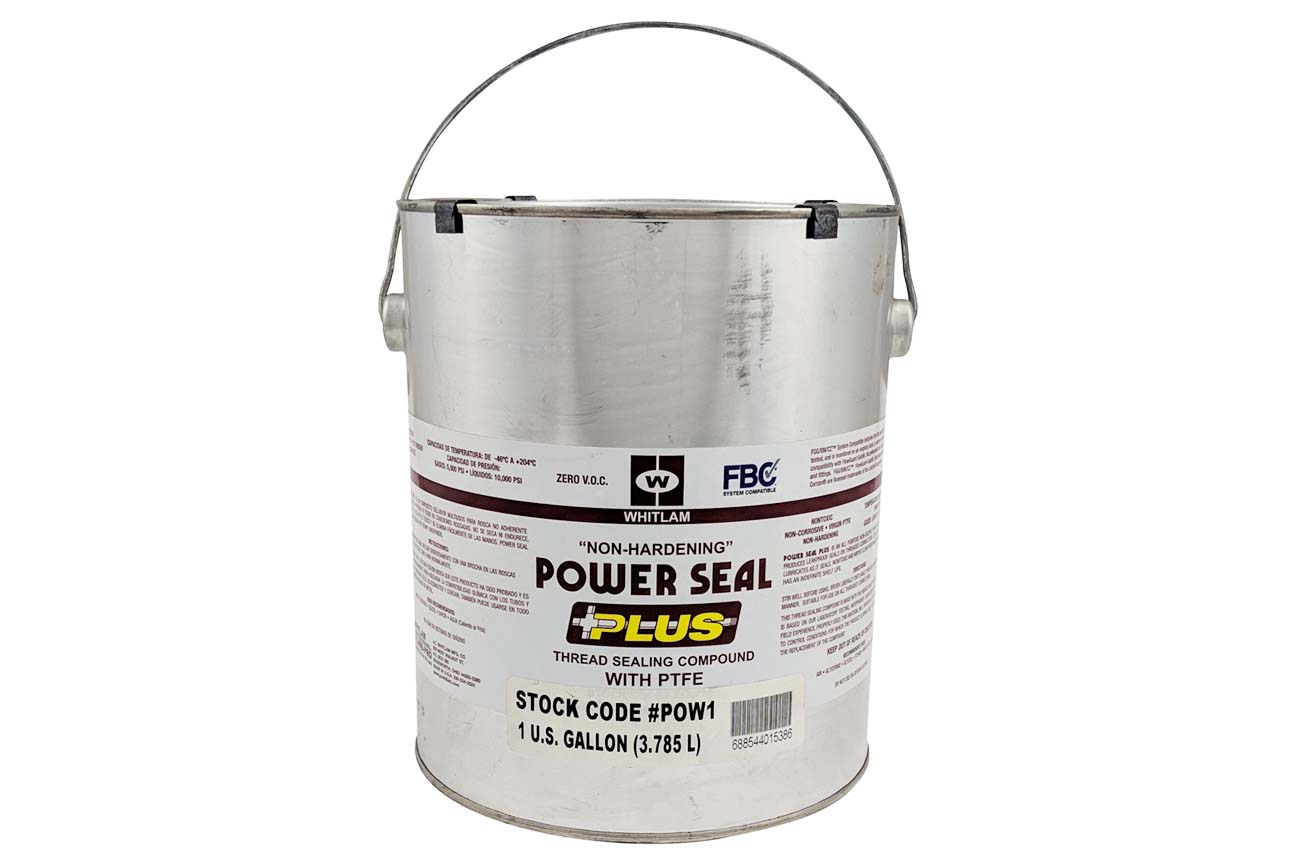
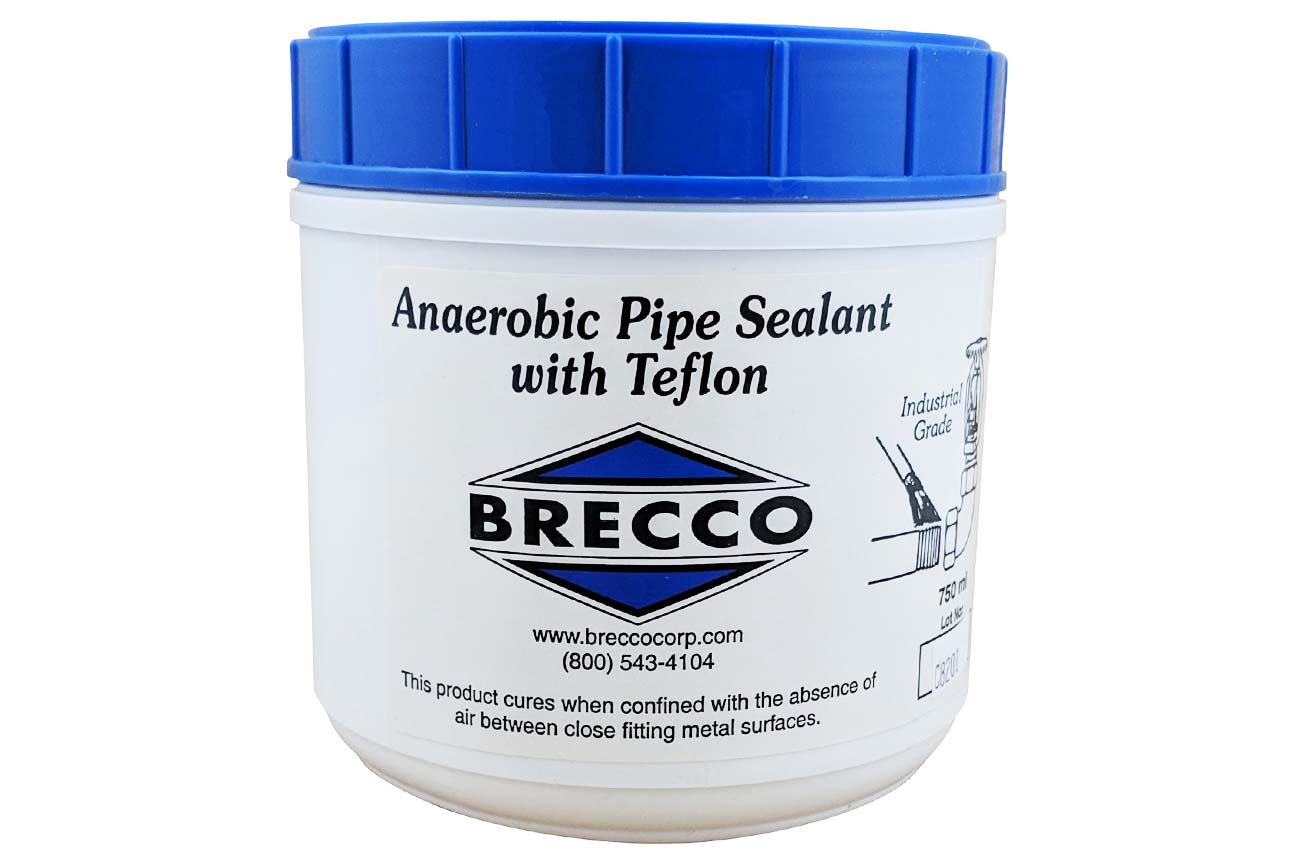
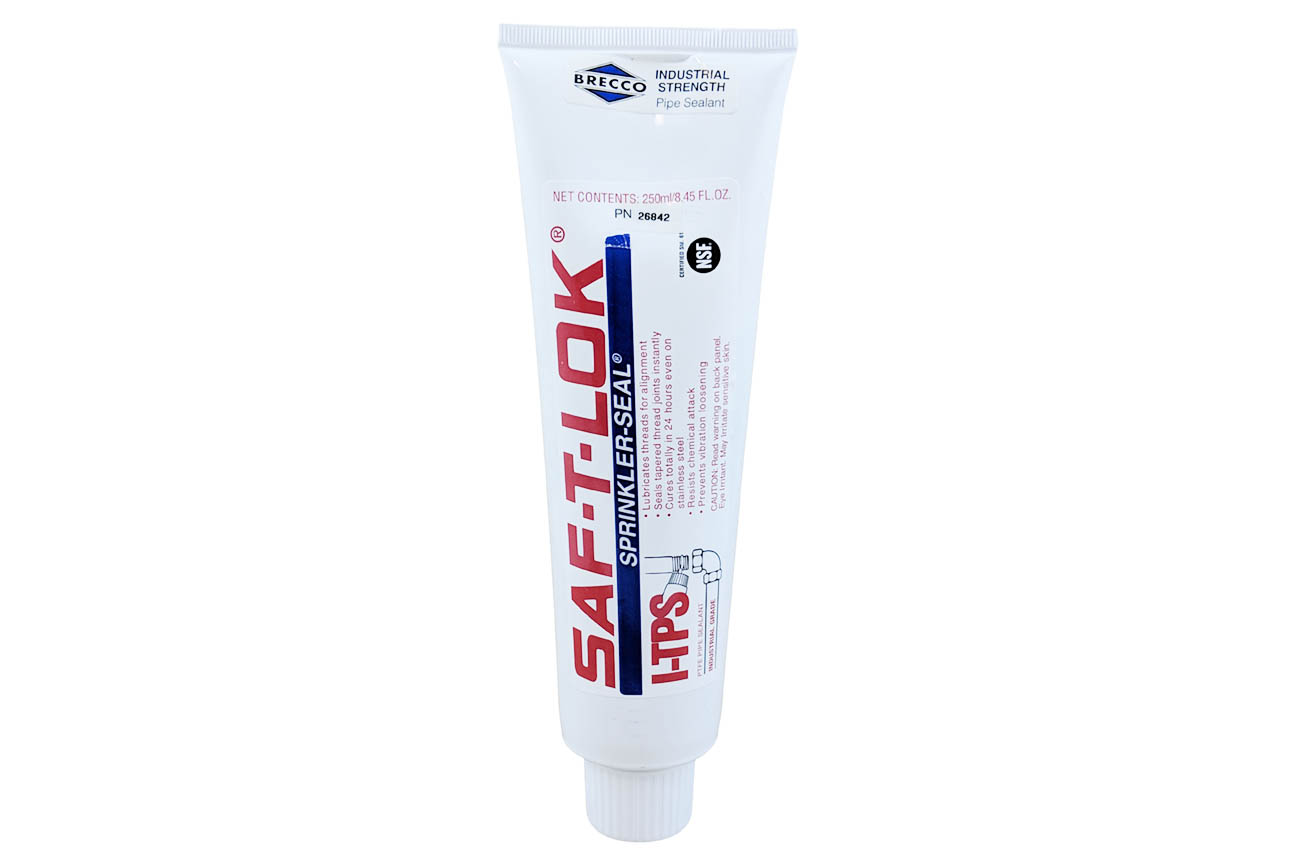
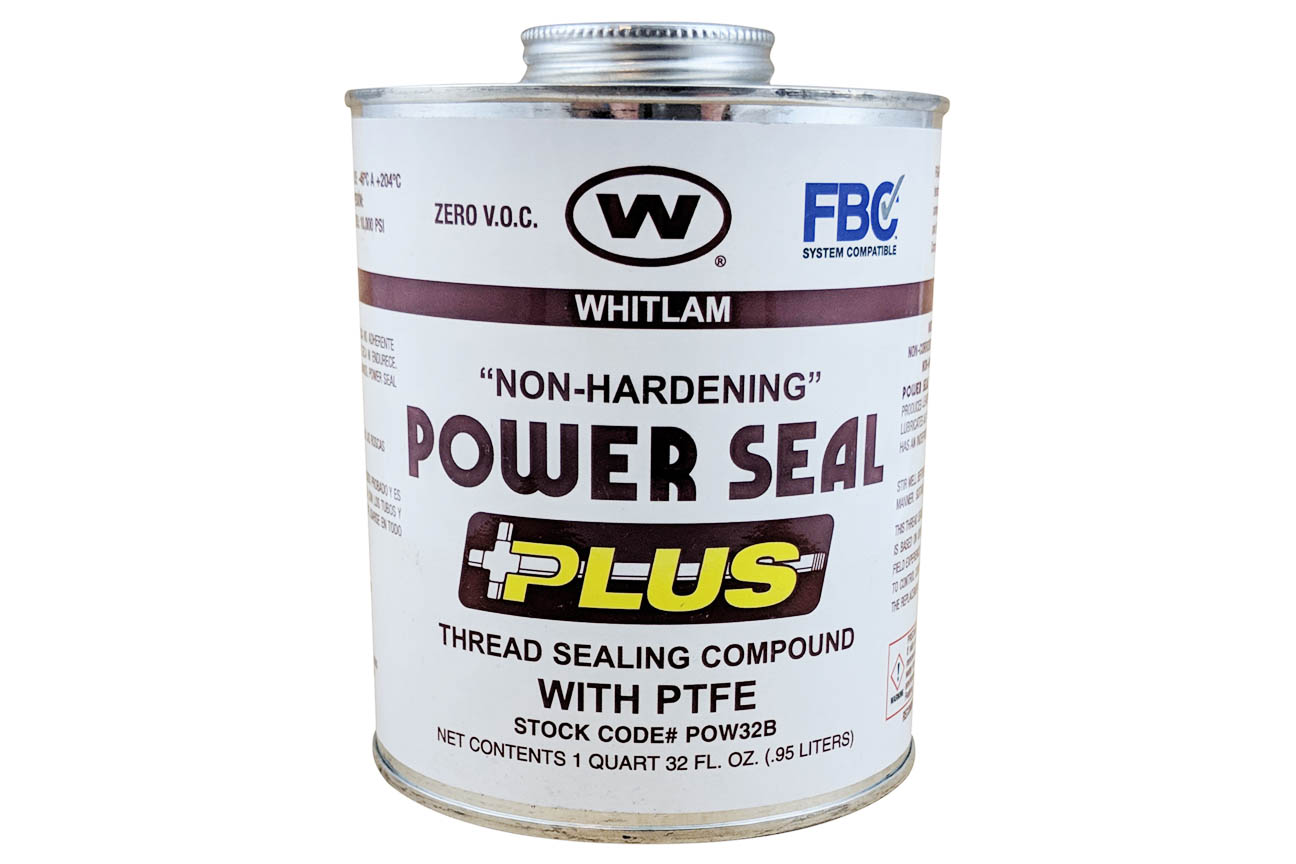
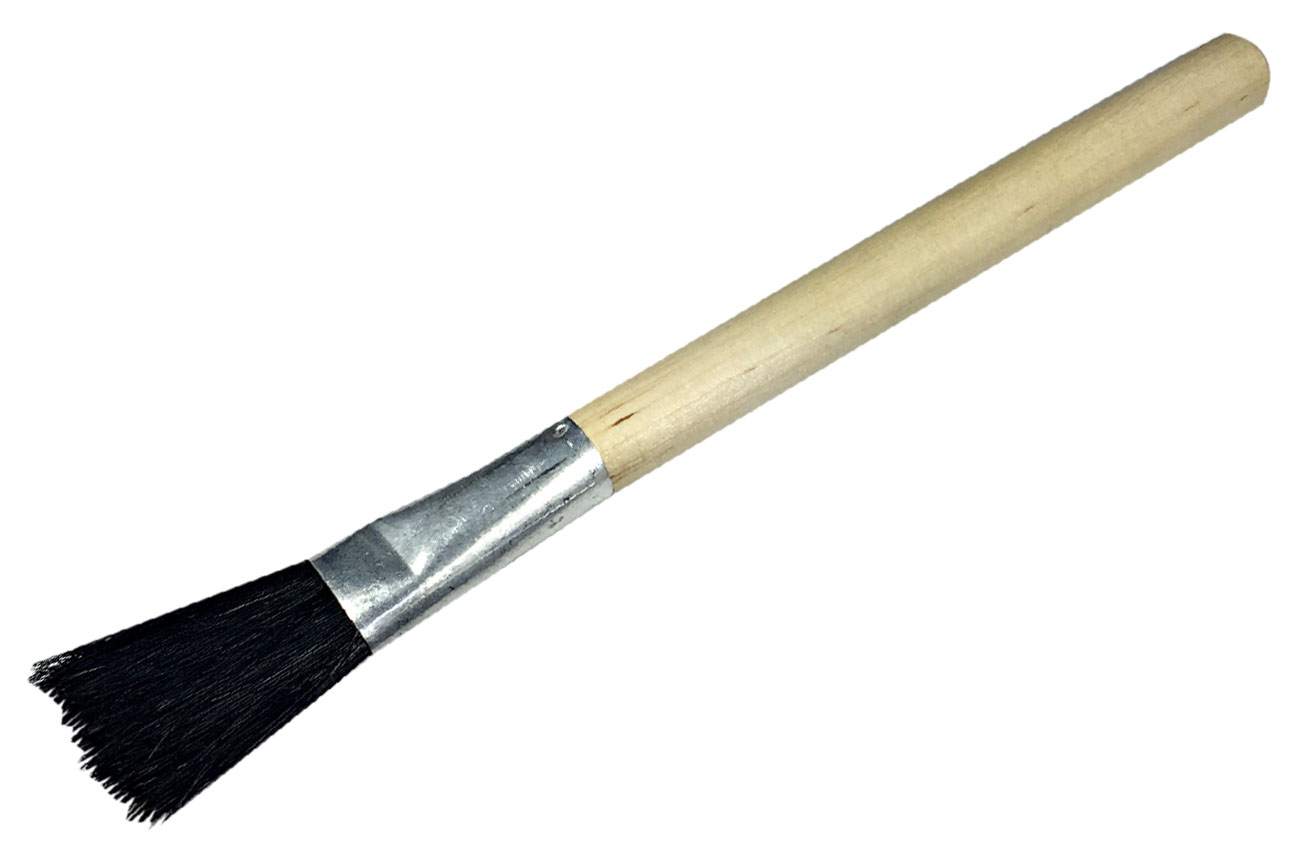
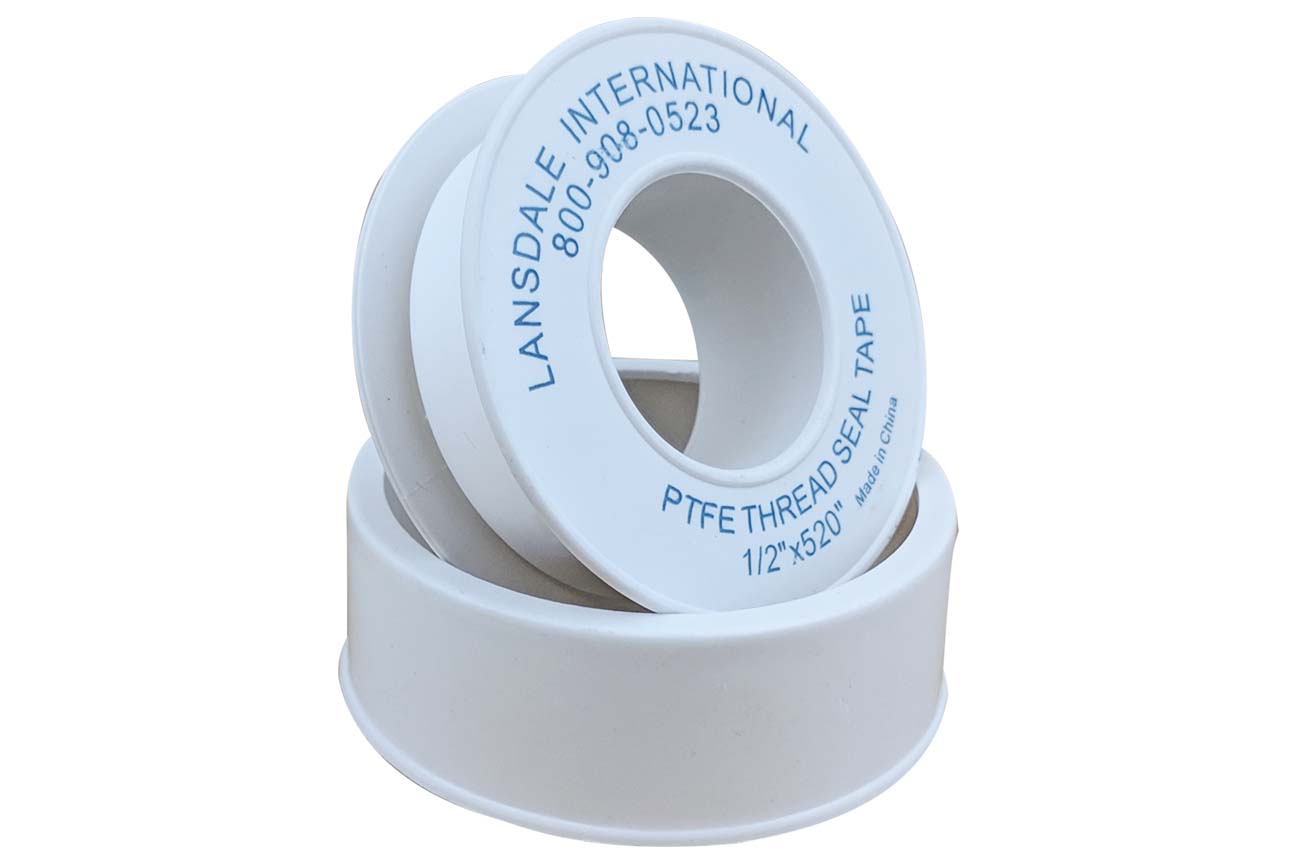

Nice Blog. Pipe Seal is a one piece self-adhesive waterproofing collar used to seal thru-wall penetrations.
Hey there! What an amazing blog. Yeah, it’s right, “Threaded pipe saves fitters from labour- and skill-intensive pipe-joining.” It’s a basic thing that plumbers use on a daily basis but we also have knowledge about it. Thank you for sharing complete information on pipe thread sealant, how to use it, and how to apply it. Keep blogging!
Hello there! Great blog
May I ask you a question please. Do you need to degrease pipe thread before applying ptft anaerobic sealant onto it due to pipes are made/threaded using pipe threading oil?
Konstantin — Thanks for reading. Manufacturer instructions indicate that you should clean the male and female threads of dirt and oil before application.
Is it okay to apply pipe dope to only the female thread only and still get a good seal? Access to male thread difficult without getting debris on it.
Ruben — PTFE is designed to go on the male end, and we’re unsure how you can effectively “wrap” it inside a female thread (giving it the tension to stay in place and provide a watertight seal). Our initial response is to try the male thread and carefully avoid any debris. If you’d like us to check with a former fire protection installer for another workaround, you can use our Ask a Fire Pro service. Let us know—thanks for reading and good luck!
you should correct this error:
under sub-heading, “What is thread sealant?,” 2nd paragraph, 2nd sentence:
“…directly to the male threads only.”
harris maynord
Corrected that sentence to male only. Thanks!